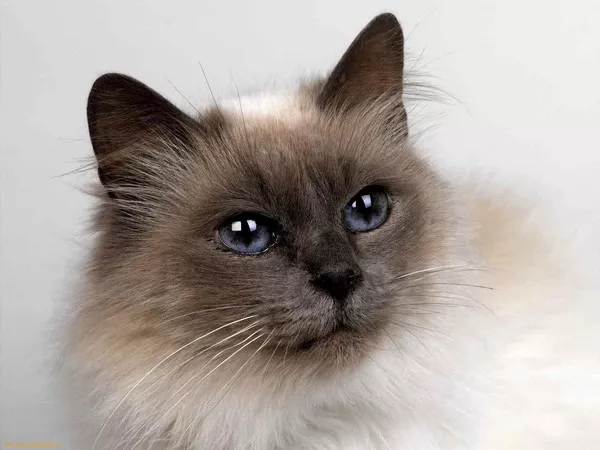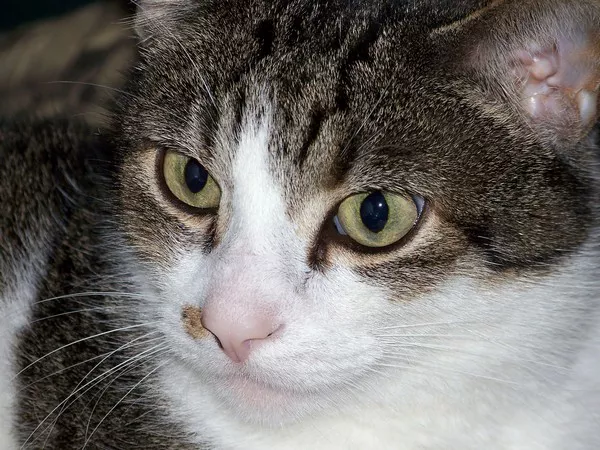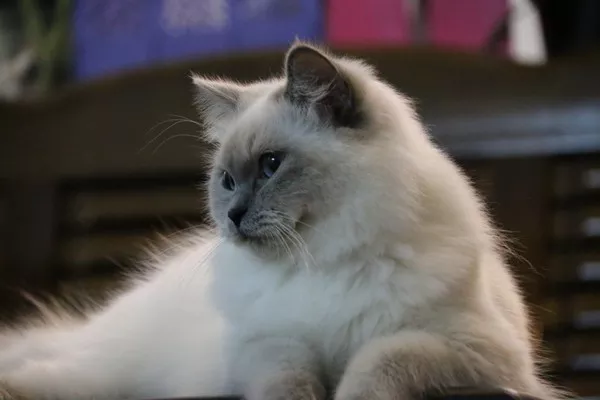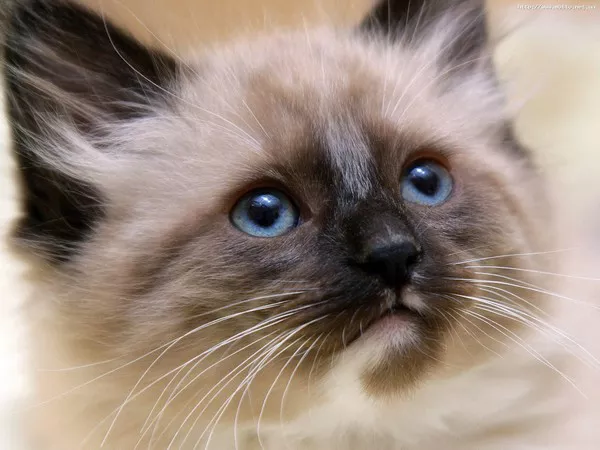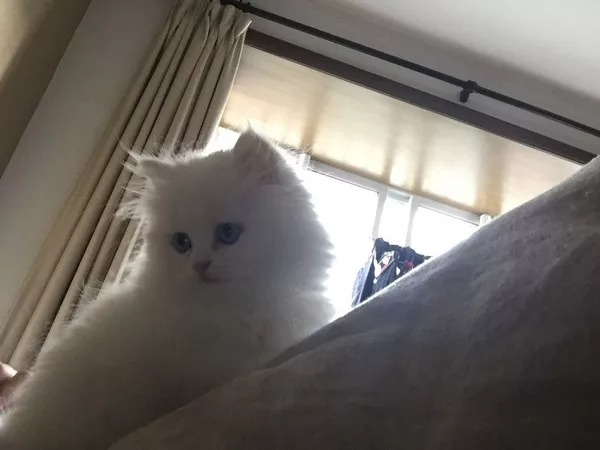In the annals of space exploration, many animals have paved the way for human astronauts. The Soviets preferred dogs, while the Americans favored mice and monkeys. But in the world of feline astronautics, one name stands alone: Félicette.
A Time of Unknowns
In the early days of space exploration, the concept of sending humans into orbit was fraught with unknown risks. Researchers grappled with concerns about the impact of space travel on the human body, from potential mental effects to the reliability of the human senses in a weightless environment. At that time, the idea of launching humans into space was considered a formidable challenge.
The Soviet Union and the United States, the leaders in the space race, chose to send animals first. Flies, mice, monkeys, and dogs all had their turn in the spotlight. In November 1957, Laika, a Moscow mutt, became the first living creature to orbit Earth aboard the Soviet rocket Sputnik 2. Laika’s mission, while fraught with challenges, demonstrated the possibility of organisms surviving in space for a limited time.
France’s Ascent in Space Exploration
France, though a distant third in the space race, was determined to establish its spacefaring identity. The country began developing rockets after World War II, and by the early 1950s, it was conducting tests with the Véronique, a sounding rocket that briefly touched space before returning to Earth.
France’s first foray into animal space travel took place on February 22, 1961. A rat named Hector became the third animal to journey into space aboard a Véronique rocket on a short suborbital flight. Hector’s mission marked France’s emergence as a spacefaring nation.
From Rats to Cats: The Unique Choice
Following Hector, other animals like Castor and Pollux took to the skies (with varying degrees of success). However, the French team had loftier aspirations, seeking a small mammal that was larger than a rat yet still small enough to fit inside the narrow nose cone atop a Véronique rocket. Cats became the intriguing choice for several reasons. In addition to their size, they were widely used in France for neurophysiological experiments related to the brain and nervous system. This allowed researchers to compare data collected from space with existing research done on the ground.
The mission’s challenges were twofold. Firstly, the nose cone was a confined space and had to accommodate not only the cat but also instruments for data collection, carbon dioxide absorption, transponders, beacons, and a parachute. Secondly, the cat had to be trained to endure the take-off, weightlessness, and re-entry without dislodging any essential equipment.
Feline Flight School
In mid-1963, the French Aero-Medical Research Centre (Cerma) selected 14 cats for space training. These cats, all female, were chosen for their calm temperament and were subjected to two months of rigorous training, including hours of confinement in a container, centrifuge sessions, and exposure to loud engine noise. The training aimed to prepare the cats for the challenging conditions of space travel.
Félicette Takes Flight
On October 18, 1963, Cat C341, a petite black-and-white feline, made history as she soared into space inside the Véronique’s nose cone. The rocket was equipped with electrodes to measure brain activity, probes for heart rate monitoring, a device for muscle response testing, and a microphone to record sounds. During the launch, the cat experienced intense acceleration and vibrations.
However, once the capsule reached zero gravity, the data indicated that the cat adapted surprisingly well to the weightless environment. Her heart rate and breathing stabilized, and she exhibited minimal distress during this phase of the mission.
After reaching an altitude of 157 kilometers, the nose cone separated from the rocket, initiating its descent back to Earth. This re-entry phase proved to be the most unsettling for the cat, with her heart rate increasing significantly. Nonetheless, the parachute deployed successfully, and ten and a half minutes later, Cat C341 safely returned to Earth, only a few kilometers from her launch site.
Scientific Sacrifice
After retrieval, the cat underwent further tests to assess the effects of space travel on her behavior, muscles, and nervous system. These evaluations extended to her brain, which was examined in the only way available at the time: post-sacrifice examination. Fortunately, there were no issues associated with the implanted electrodes.
It is worth noting that, in retrospect, the cat’s sacrifice may not have been necessary, as she could have continued to live happily. However, at the time, this was part of the experimental process.
Félicette’s Brief Celebrity
Like Laika and Ham before her, Cat C341 briefly achieved space celebrity status. When the media learned of her flight, she was affectionately dubbed “Felix” after the famous cartoon character. The French research center, Cerma, adopted the name but modified it to “Félicette” in recognition of her gender.
As space exploration advanced rapidly, Félicette’s achievement faded into history. Both the Soviet Union and the United States had already sent humans into space by the early 1960s. France, too, progressed from Véronique rockets to more powerful Vestas. The country shifted its focus to macaque monkeys for subsequent missions.
Félicette’s significance, however, has not been entirely forgotten. In 2019, a crowdfunding campaign, spearheaded by space enthusiasts, led to the creation of a memorial statue in her honor at the International Space University’s Pioneers Hall. Her story remains a small but significant part of the quest to understand the effects of space travel on living organisms.
A Legacy for Félicette
Félicette’s legacy endures as the first and, to this day, the only cat to venture into space and return safely. As we approach the 60th anniversary of her historic mission, it is fitting to give Félicette the recognition that eluded her in the past. Her name remains synonymous with courage and curiosity, qualities that define the spirit of exploration.

